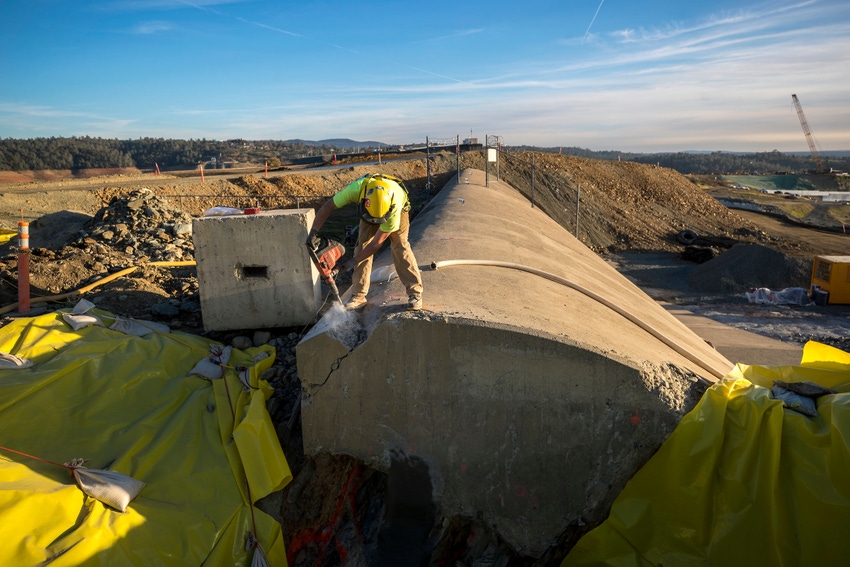January 10, 2018

Though said to be “unexpected,” last year’s failure of the main spillway at Oroville Dam was “inevitable,” according to an independent forensic team report commissioned to study the mishap.
A 584-page report, available online, largely blames a culture of overconfidence and complacency in the California Department of Water Resources that insulated the agency from access to industry knowledge and technical expertise to safeguard the dam and its mile-long spillway.
The report’s summary is a relatively easy read. It starts out by immediately blaming DWR for a “long-term systemic failure,” though in the very next sentence says the incident “cannot reasonably be ‘blamed’ mainly on any one individual, group, or organization.”
Which is it? The next several pages in the report support the notion that a top-to-bottom change in DWR management and staff should take place to protect California residents.
The summary lays out in broad terms how construction weakness in the original design, over-estimating the stability of bedrock below the spillway, and other human errors led to the near-failure of the emergency spillway and the collapse of the main spillway. Common sense from the sidelines suggests the human element in these failures is obvious.
Though officials could not control the epic inflows that exceeded designed capacity of the main spillway (during the height of the storm inflow into Lake Oroville exceeded 3.5 acre feet per second), apparently other decisions defied the expert opinions of civil engineers and geological specialists. Whether those decisions would have made a difference, we’ll never know.
We also know the Feather River was negatively impacted by over 5.2 million acre feet of releases from the dam during the period.
The summary closes with a frightening message that elected officials must address as they ultimately oversee the state and federal regulatory agencies tasked with dam safety: “…The fact that this incident happened to the owner of the tallest dam in the United States, under regulation of a federal agency, with repeated evaluation by reputable outside consultants, in a state with a leading dam safety regulatory program, is a wake-up call for everyone involved in dam safety.”
If current elected representatives can’t or won’t hold DWR accountable for something this serious, perhaps they too should be replaced.
You May Also Like




